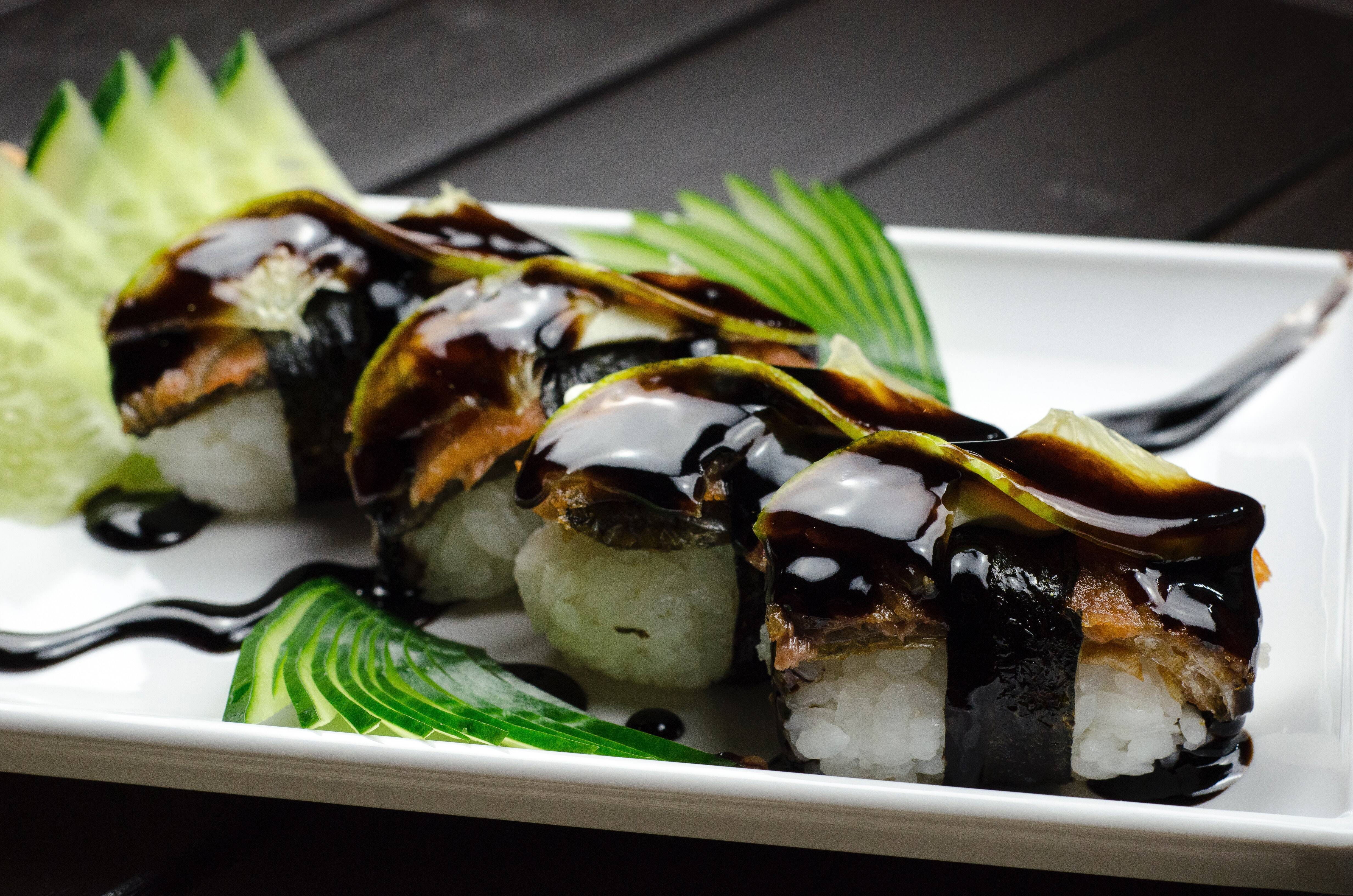![]() At what point does a trendy new restaurant become an iconic brand? And when do all the branding efforts under the sun produce nothing but another shuttered dining establishment?
At what point does a trendy new restaurant become an iconic brand? And when do all the branding efforts under the sun produce nothing but another shuttered dining establishment?
The restaurant business is littered with cases of meteoric success and dramatic failure. It’s an inherently volatile business. This is the story of several competing restaurants in a small but rapidly-growing market. It’s a story of restaurant branding success — and failure — that any business owner can learn from.
Prior to 2000, the culinary scene in Bend wasn’t much to write home about. Some would say, non existent. So when Merenda opened in 2002 it generated tons of buzz.

As the Bend Bulletin reported, “Chef Jody Denton pioneered a renaissance in fine dining in Central Oregon.”
But the Merenda brand wasn’t about fine dining. It was about partying. It was a loud place where large groups would gather and drink generously from an outstanding wine list and a good assortment of adult beverages.
Not great for a quiet dinner date.
The vibe was more urban — the energy level more electric — than anything previously found in Bend. Many nights you couldn’t hear yourself think, and the bar scene at Merenda became a notorious pick-up joint for older divorcees.
Meanwhile, across town in a nondescript location next to a car dealership, a restaurant called Zydeco quietly began to build a loyal following. The contrast was dramatic.
The first, most fundamental element of any restaurant branding effort is the name.
So let’s compare… What a great name:”Zydeco.”
It’s fantastically memorable with positive associations of fun in New Orleans. It’s authentic. Zydeco serves delicious cajun cuisine, which even 15 years later is still unique for this town. It’s also an aspirational name that the restaurant has grown into. Zydeco is now located in a Class A space downtown, and they are consistently packed! Many have come and gone, but Zydeco remains strong.
“Zydeco” is a money name… the type of brand name you can bank on.

On the other hand, “Merenda” just didn’t work as well.
It sounded nice and had an elegant, upscale ring to it, but it’s so much softer than the product and the experience. The name didn’t fit the vibe and the location.
Plus, if you want to get nit-picky, “Merenda” translates to “snack” in Italian. But it was not an Italian restaurant. It wasn’t a snacky kinda place.
Trendiness seldom translates into a lasting brand.
Many of Merenda’s customers were only there because it was THE place to see and be seen. It was a superficial relationship, not a genuine bond. Success by association. When new restaurants like Zydeco opened, the crowds thinned out at Merenda.
At Zydeco, it was more than that… It was the service, the friendly, family-owned vibe, and the overall, everyday quality that set it apart. It was upscale, but accessible. Popular but not trendy. It wasn’t trying to be cool, but it was. And still is.
Trendiness is a common problem in restaurant branding, fashion and high tech. The next big thing or hot spot is always right around the corner. So successful brand managers have to find ways to stay relevant with their past customers, or become relevant to a whole new group.
Relevance, differentiation and credibility. Those are the three key ingredients of restaurant branding success.
After five years Chef Denton got distracted. Just when Merenda needed a little extra attention he opened another restaurant less than a block away. And his new place called Deep never got above water.
Brands need constant attention.
This seems like a no-brainer, but many people dream of having a business that runs on autopilot and generates an endless flow of effortless revenue. That doesn’t work in any industry, much less the restaurant business.
You have to mind the store.
In 2005 Cornell University published a seminal study on why restaurants fail. One of the surprising contributors was simply a lack of attention, time and effort by the owners.
“Failure seemed to stem from an inability or unwillingness to give the business sufficient attention… The immense time commitment was mentioned by all of the survey respondents who had failed.”

At Deep, Denton was determined to create something completely different. As he told The Bend Bulletin: “That’s been kind of my business model: finding what Bend doesn’t have and filling that void. I’ve always enjoyed the environment of a sushi bar. It’s always been something appealing, both from the restaurant’s and the chef’s standpoint.”
What he failed to consider was how much attention his other brand required. He was spread too thin and his upscale sushi place was ahead of its time.
Differentiation doesn’t guarantee success in restaurant branding.
Being different from the competition is certainly important, but it’s not everything. Tiny morsels of Kobe beef served on a hot rock for eight dollars a bite… That’s different! “Angry Lobster,” Monkfish paté, grilled yuzu and marinated, chopped maguro tataki were all impressively different, but not appealing enough to inspire repeat business by a large group of people in a relatively small market.
Bottom line: Deep was a high-end sushi place in a meat and potato town.
All successful brands have a clear, well-defined concept that goes beyond the product.
As I have said in previous posts, if you want to build an iconic brand, first own an idea. The Cornell study proved that clarity of concept is essential to restaurant success.
“Perhaps the key finding was the focus on a clear concept that drives all activities… Successful restaurant owners all had a well-defined concept which encompassed an operating philosophy and business operation issues. Failed owners, when asked about their concept, discussed only their food product.”

In other words, successful restaurants have core brand concepts that go beyond just the food.
Denton certainly had vision beyond food for both his restaurants. But the concepts behind Merenda and Deep were based more on Denton’s past experience and personal preference than on the realities of the local market.
There’s an old saying… “If you want to live with the classes, sell to the masses.”
In Denton’s case, his restaurants served the classes. His high-end brands only resonated with a small segment of the population, and he didn’t reinvent Merenda when he needed to.
In the end, Denton’s concept for Merenda was not clear enough to sustain the business over the long haul. (Being first in the market isn’t a sustainable brand strategy for a single restaurant.) And the concept for Deep never had a chance. So both restaurants were shuttered and his investors came away empty handed.
Eventually, Merenda reopened under a new name with a new owner. “800 Wall” never created the buzz of the original, and it’s now cruising along, probably doing fine in the summer, but not exactly inspiring loyalty or write-ups in Gourmet Magazine.
Zydeco, on the other hand, has grown and evolved. When they moved into a larger, fancier location downtown they bought a loyal following with them. It’s now more popular than ever, despite the fact that new restaurants keep popping up around town.
For more on brand strategy, try this post.
If you want help with your restaurant branding, call me.





I found your site on technorati and read a few of your other posts. Keep up the good work. I just added your RSS feed to my Google News Reader. Looking forward to reading more from you down the road!